IT’S been a long time between drinks for Brian Kavanagh at the Curragh. All of 22 years to be exact. His career in Irish racing was not long established when he took over the reins at the track in 1994 for a five-year tenure before leaving to take over from Cahir O’Sullivan as CEO at The Turf Club.
Needless to say, a lot of water has gone through the bridge.
The inception of Horse Racing Ireland for one. Kavanagh’s first year back at The Turf Club was a significant time period in Irish racing when Minister Charlie McCreevy called for changes in the structure of racing’s two main bodies. After a power struggle, HRI was the end result, a new semi-state body to guide Irish racing, and Kavanagh was quickly installed as the CEO.
In his time there, the Irish racing industry has largely boomed and although he admits himself it was a case of right place, right time given the talent the industry has produced, most would say he did a fine job, displaying leadership through some difficult situations, perhaps none more so than right up to the last two years of his tenure when he constantly had to negotiate with government officials to get racing going again in the wake of the pandemic.
He now returns to a much-changed Curragh, but despite the replacement of a stand that could have been described as a large shed into a now state-of-the-art facility, the track and its officials seem to be under more pressure than has ever been the case before.
Where do you start? The decision to race on during construction, a parade ring that needed to be rebuilt because it was too small, a stand that screeched like a whistling kettle, occasions when long queues were the norm because of inadequate basic racecourse services and various other complaints with certain parts of the course, not least the owners and trainers’ facilities. All after no less than ¤81 million was spent.
The Curragh has been stuck in the stalls, but this is the challenge that has attracted Kavanagh back, and adopting a patient approach, the Dublin native turned Curragh resident is very hopeful he can turn around the fortunes of the ‘new’ Curragh.
I sat down with him on Wednesday morning to see how it’s going at this relatively early stage.
Ronan Groome (RG): So it’s eight months into the job, a couple of months into the season and one high-profile fixture in… how have you found it so far?
Brian Kavanagh (BK): I’m loving it really. It’s been everything from a personal point of view that I’d hoped it to be. There is a good challenge here and that’s why I took the job. Funny enough, even though I’ve worked in racing all my life, there’s still learnings when you get involved in a project like this, to get to know the team, get to know how the place works, form your views of what needs to be done or what you want to get done.
RG: And I guess it was never going to be a quick fix?
BK: No. It’s not an overnight fix, but there is great potential here. I see my role here as to listen to customers at all levels, understand what they want from the place, what way we should direct it and over time, to put those ideas into place. We’ve a small but very determined team here at the Curragh and the board are very committed as well. But as you say, it’s not just a case of waving the magic wand and things happen. I’d prefer to build something that’s more longer term and more stable.
RG: When the penultimate CEO Derek McGrath left his position in 2019, he suggested there was a lack of unity with regard to the shared vision for the Curragh. Did you accept that at the time?
BK: No, I don’t agree with that. I think the Curragh is the best example of unity in racing. You’ve brought the Turf Club and Horse Racing Ireland together, two governing bodies with some of the major owners and breeders in the game. It’s unique in that respect of a racecourse anywhere in the world. There was really only one single purpose which was that Ireland would have a headquarters for racing that was up to the best international standards.
RG: I take that point, but in fairness, I think McGrath was suggesting that with that many shareholders involved, that maybe different people had different ideas, and that made things difficult.
BK: You have to look at what was here before, the facility was just not fit for purpose. It was almost getting to a stage where the insurance companies were questioning whether they would be able to continue to insure some of the facilities. The development had to be all duck or no dinner. You couldn’t just do a bit-by-bit refurbishment. That vision was there from the start. With regard to the racing, the vision has always been about quality and that’s in our logo, where champions are made, so everything that we do, on the track, with the facilities or race programme is aiming towards high quality so I don’t think there is anything wrong with the vision there. Thirdly, the vision from my point of view is to look at both the race-day and non race-day potential here. There is a lot of scope for use of the facilities here outside of race days and I’ve taken a view to park that for the moment and focus on the racing in the short term, get that product right. So I’ve never seen that (disparity in vision).
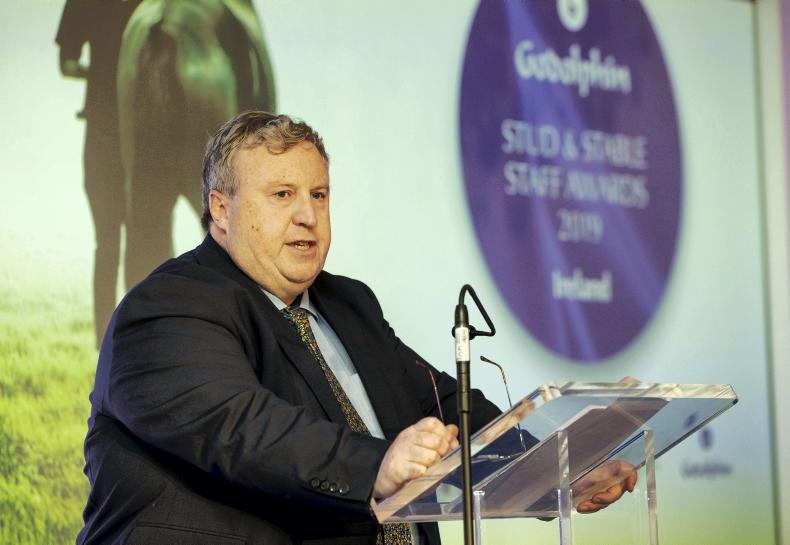
RG: I think you would admit that there have been a few embarrassing episodes for the racecourse? Do you think the Curragh is still paying a heavy price for the negative PR that came with that?
BK: I think you have to earn a good reputation. Look at other big racecourse developments like Longchamp and Ascot. They didn’t have teething problems to the same scale but all I can say is we addressed the problems. With a new project, you have to earn a good reputation. You can’t just say, we’ve built something fabulous, so you must like it. It’s got to be about what your customers want and expect from the place. But I think there’s a huge amount of good will there as well. People want the Curragh to succeed.
RG: How did you feel Irish Guineas weekend went?
BK: I was broadly happy with it. The racing was outstanding, particularly the Tattersalls Gold Cup, the best renewal in many years, and we had two really good Guineas winners. We’d increased the prize money for both those races and touch wood that attracted the quality of runners we wanted to attract, which is what we’re about. The other races were really good quality as well and every race was sponsored, which is very important.
Perhaps you’d like to see higher attendance numbers but that will come in time and I’m very much of the view that you concentrate on the experience and the numbers will come subsequent to that.
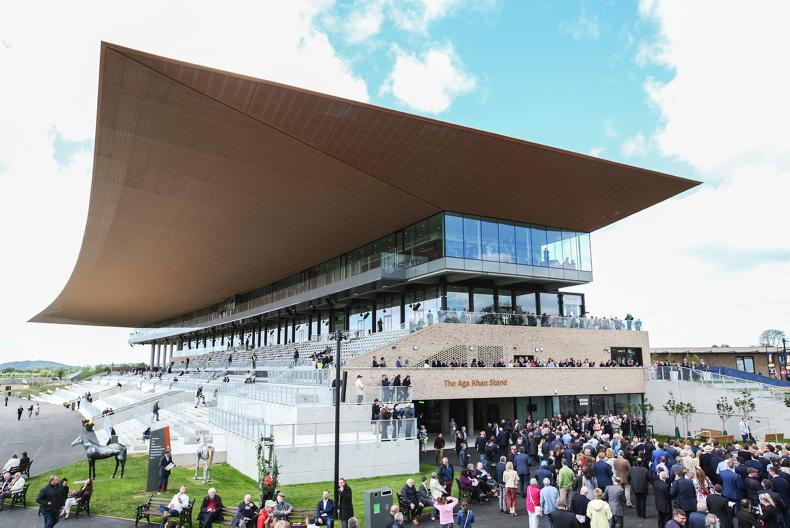
RG: I remember going to the Irish Derby when I was very young, maybe it was High Chaparral’s win in 2002, and the crowds were massive, in and around 30,000 in those years.
BK: Yeah and there’s a few different points on that. That was a different type of Derby in that you had Budweiser as the sponsor and the infield area was sponsored by Budweiser and heavily promoted through the licensed vintners trade. That was of the time and that was part of the appeal of the Derby. We want to develop that type of offering again but we want to walk before we can run. It’s dangerous if you start saying saying there were 30,000 people here then so there must be 30,000 people here now. I’d much prefer to have a smaller number of people who are having a very good time than chasing the huge number. The Curragh wasn’t built to cope with those numbers, it was built for smaller numbers with the ability to expand though temporary facilities on a once-off basis.
RG: I’m sure you’re looking at Ascot this week with admiration. The royal meeting is unique and you can’t compare like with like, but that is the type of atmosphere you’re aiming for here?
BK: For sure. We’ve got great relations with Ascot and it’s remarkable what they’ve done on all levels. There are plenty of analogies between the two courses. Ascot built a new stand that was heavily criticised and they made tweaks and amendments. They looked at their whole customer demographic and segmented it and targeted it and did really well. So much of Ascot is about fashion and socialising, but the racing is top quality and is still at the heart of the appeal, and that’s a good message for us.
There are plenty of lessons to be learned from other tracks as well. I’ve often quoted Ballinrobe in the past – a track rooted in its local community. Killarney as well, and the two tracks in the north. York is also a wonderful example as well. I think you never stop learning and can never be too proud to learn from other places.
RG: One thing I always wonder about is the Curragh railway station, which would make travelling to the course much more accessible to people in Dublin and other parts of the country. Can the Curragh have any influence on the potential for a redevelopment of the train station?
BK: There is a promoter review of the larger Curragh area going on now between the Department of Defence and Kildare County Council, looking at ways of managing the Curragh in its entirety. The Curragh is unique to Kildare, it’s like what the Cliffs of Moher are to Clare, and I think if properly managed it can become an area of huge interest, but you don’t want people having to come down and drive everywhere so the idea is there to have a railway link again, which would be of obvious benefit to us on racedays.
So one of our key longer term priorities or strategies would be to explore ways in which the railway station might be reopened. We are well served by the trains anyway. There’s a shuttle bus service from Newbridge and Kildare but as you say, the idea of stepping off your train and walking 400 yards to the racetrack is very, very appealing.
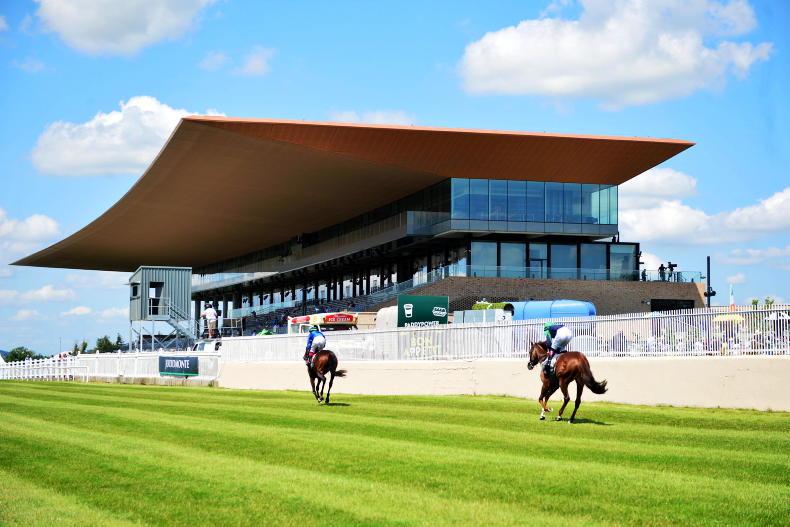
RG: How is business going with the training facilities? Is it profitable?
BK: Very good. Our number of horses has gone up from last year and we are ahead of budget.
There’s been a big increase over the last five or six years in the number of visiting trainers and this year we’ve seen a welcome increase in the number of Curragh based horses in training. Eva-Maria Bucher-Haefner has donated a significant amount of money which has brought the gallops to a world-class level. It’s profitable but it’s also very expensive. All the profits go back into maintaining the training grounds. I think we’ve 11 different all-weather gallops but then you’ve got your grass and your peat gallops, so that takes a lot of minding.
RG: You’re not on the media rights committee anymore but needless to say, it’s a big year coming up for that with the contract up for renewal next year.
BK: Of course yeah, for Irish racing and for racecourses in particular. I think the various media rights contracts that we’ve had over the years have served Irish racing really well and I think one of the most positive things is the position that Irish rights now have in the context of the various British rights groupings which has meant that we have been able to both extract value and increase exposure nationally and internationally for Irish racing through that. Certainly media rights revenues kept racecourses going in the pandemic really. If someone had said to me three or four years ago that we would have no customers for two years at the race track you would be saying we are at risk here of losing a few racecourses.
RG: Is that a sign of how important media rights have become?
BK: I think so, I think that’s a sign of an evolution of a product that the technology has now enabled racing to get into markets, Irish racing to get into markets that it wasn’t in before. And the encouraging thing through the pandemic was that there was demand for it. It’s a very important area and we’ll be looking on with interest.
RG: You were at HRI for 20 years, how do you reflect back on your time there now? What were you most proud of?
BK: I think the thing that I got most satisfaction or pride in, which is probably a bit boring, but was to build up the team in HRI and the organisation in HRI. I worked with some brilliant people to be able to do that. Racing is always full of problems and mini-crisis or mini-dramas but I think the main thing is to keep a focus on the long term and I think HRI was able to do that. HRI has an unusual role in that it has to act as a sort of a bridge between the racing industry and the government and the political system, neither of which perhaps fully understands the other if you know what I mean. So HRI has to talk in both directions and explain one to the other in both ways. That takes a lot of behind the scenes relationship building and in both ways which was always something I enjoyed, as I see myself as a people person.
RG: Your tenure finished during a particularly rocky time for the industry with numerous challenges there.
BK: I think that’s the time where you can make a difference. Or you are challenged to make a difference.
RG: A tough start for Suzanne Eade?
BK: No, she’s well able. I’ve no fear at all. Suzanne has been working as part of our team for the last six years. So anything I was involved with, Suzanne’s fingerprints are all over it as well. So I wouldn’t have any worries about that. But there’s always something in racing, it’s amazing. Who would have thought we’d have went through Covid or the Celtic Tiger crash. Racing always has to adapt. So you know there’s a strong team in HRI and that was a really good thing to be able to leave behind. The senior team there are very committed to racing and trying to make things better.


 This is a subscriber-only article
This is a subscriber-only article
 It looks like you're browsing in private mode
It looks like you're browsing in private mode
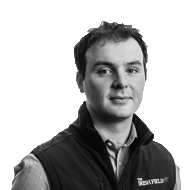







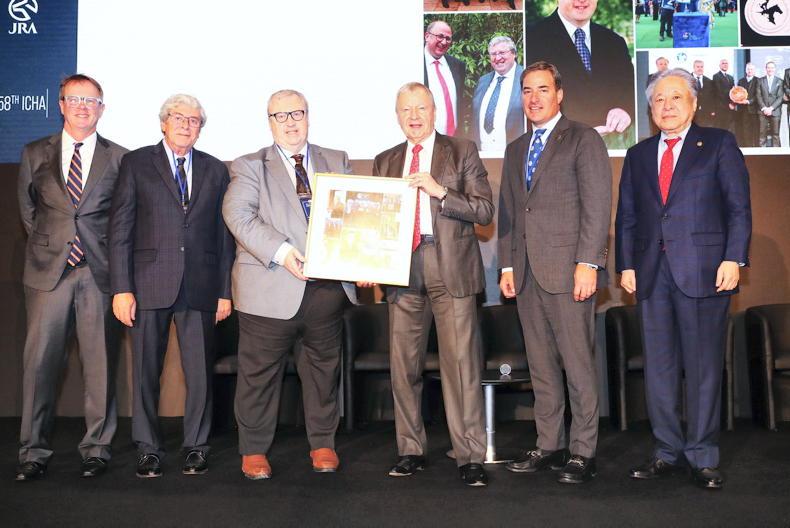
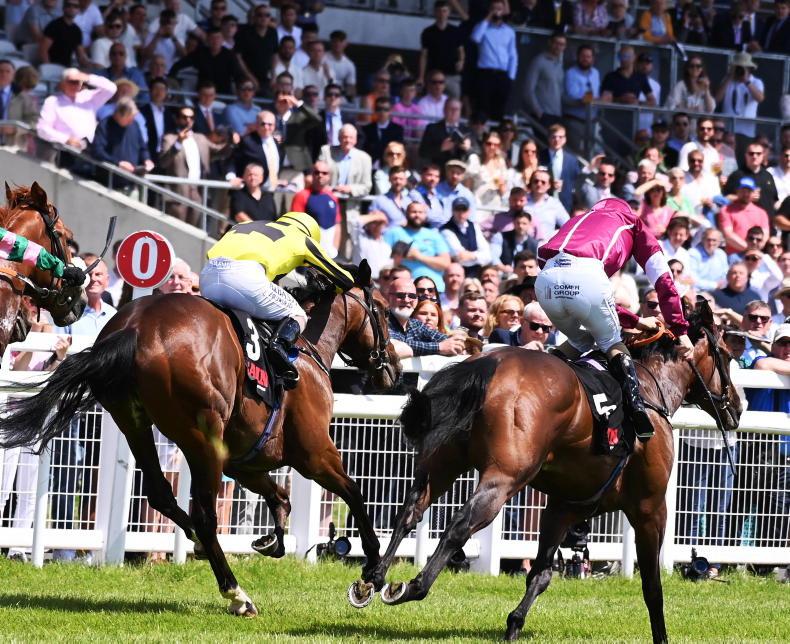


SHARING OPTIONS: